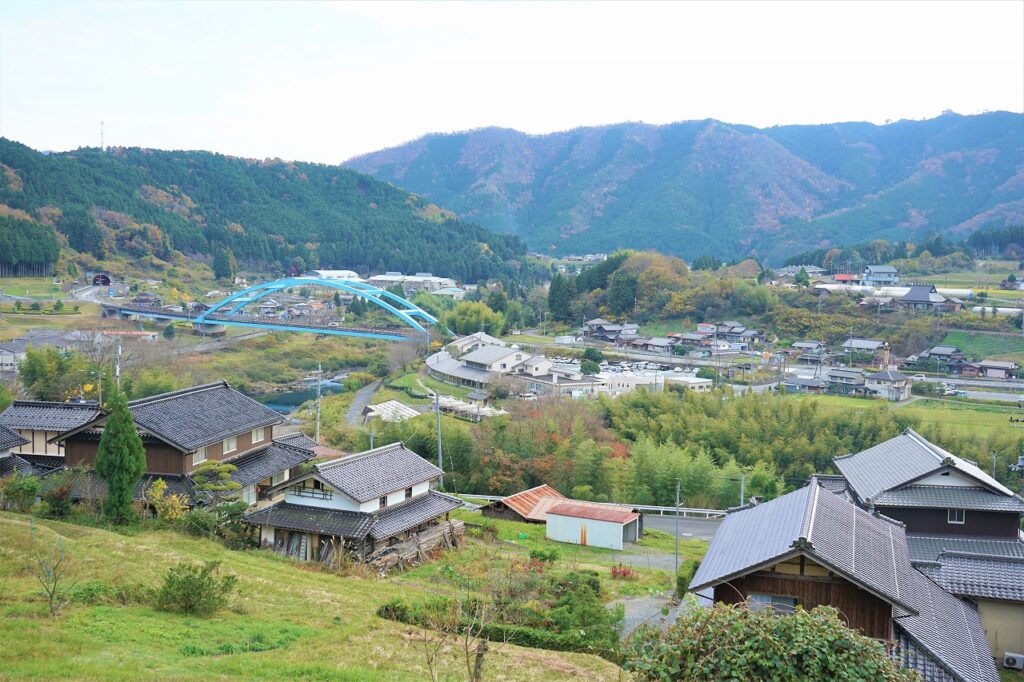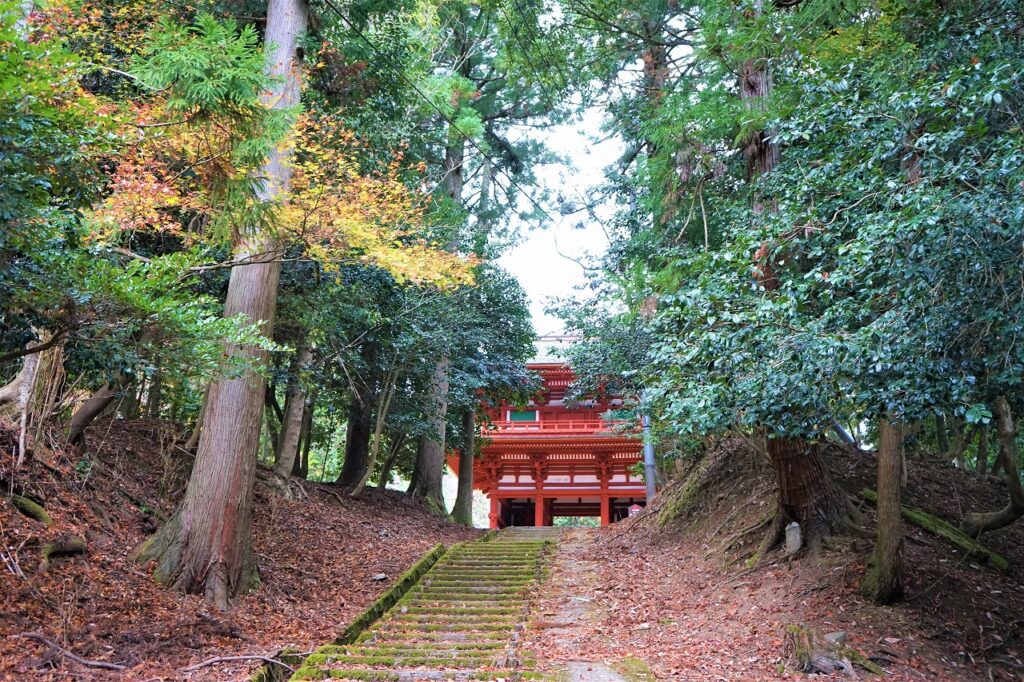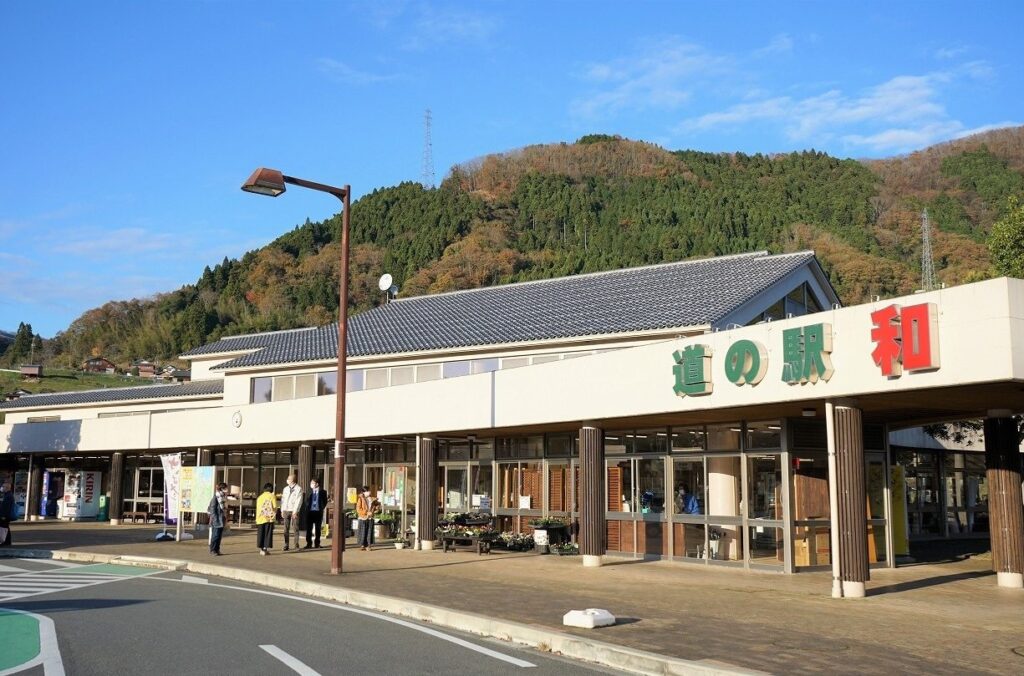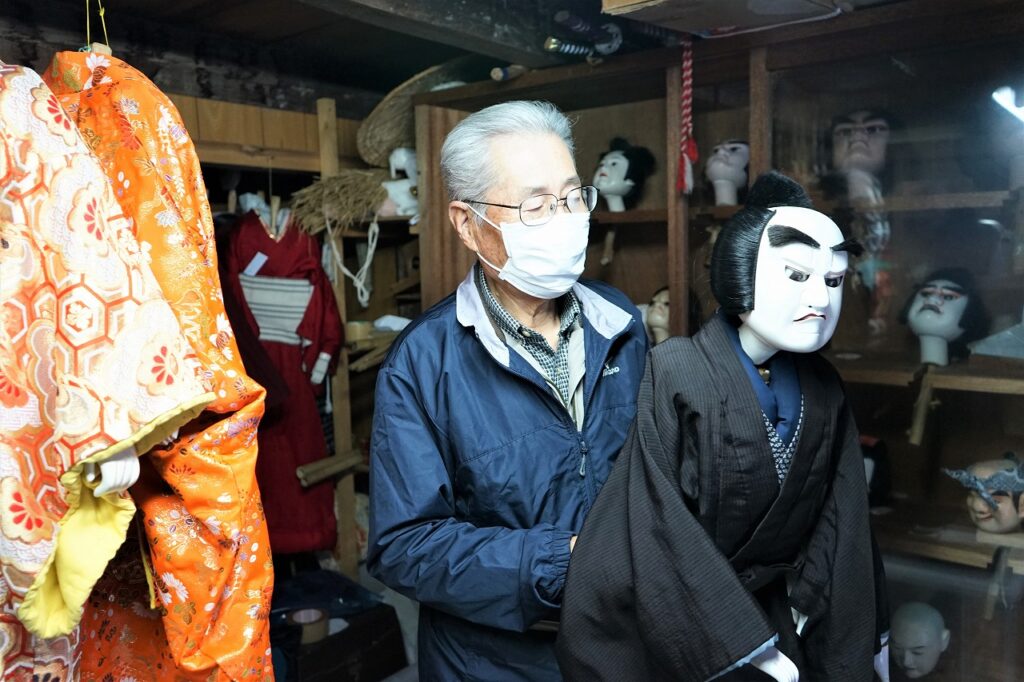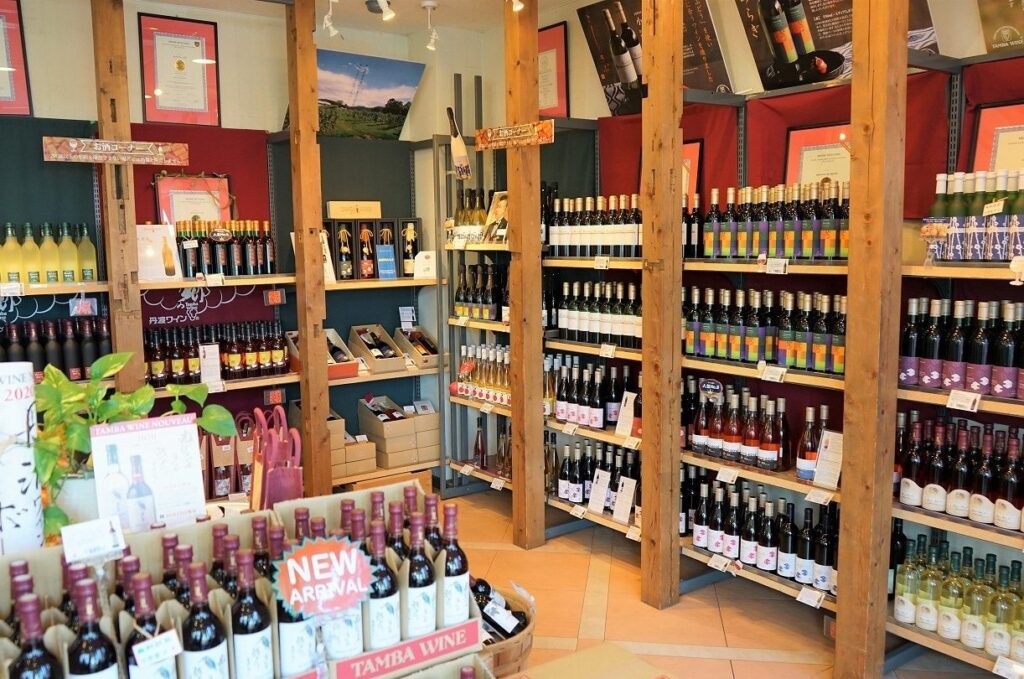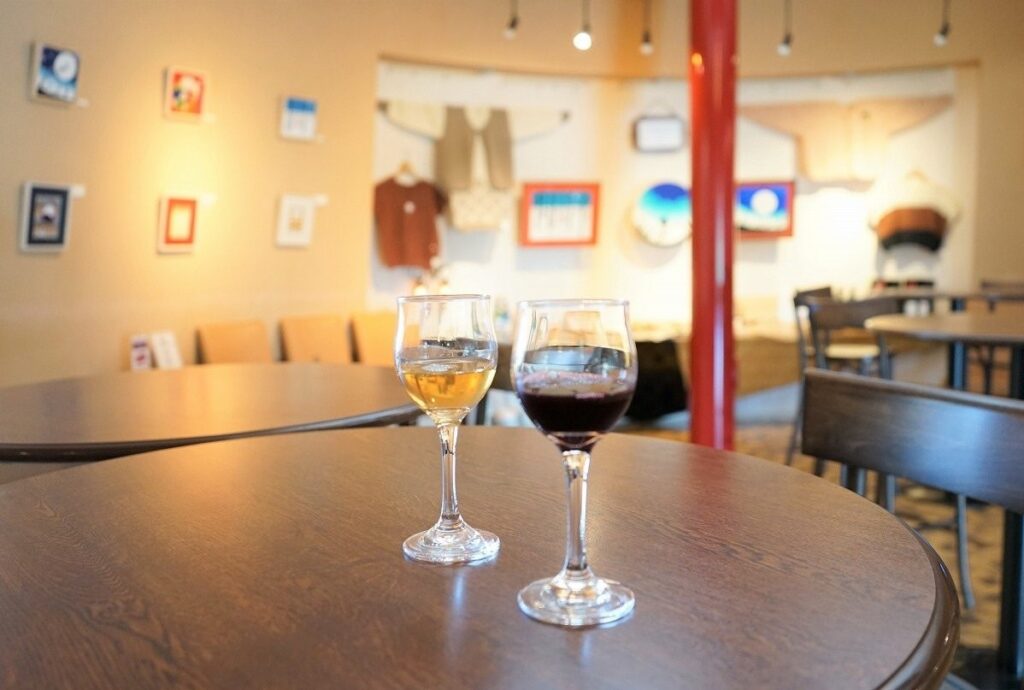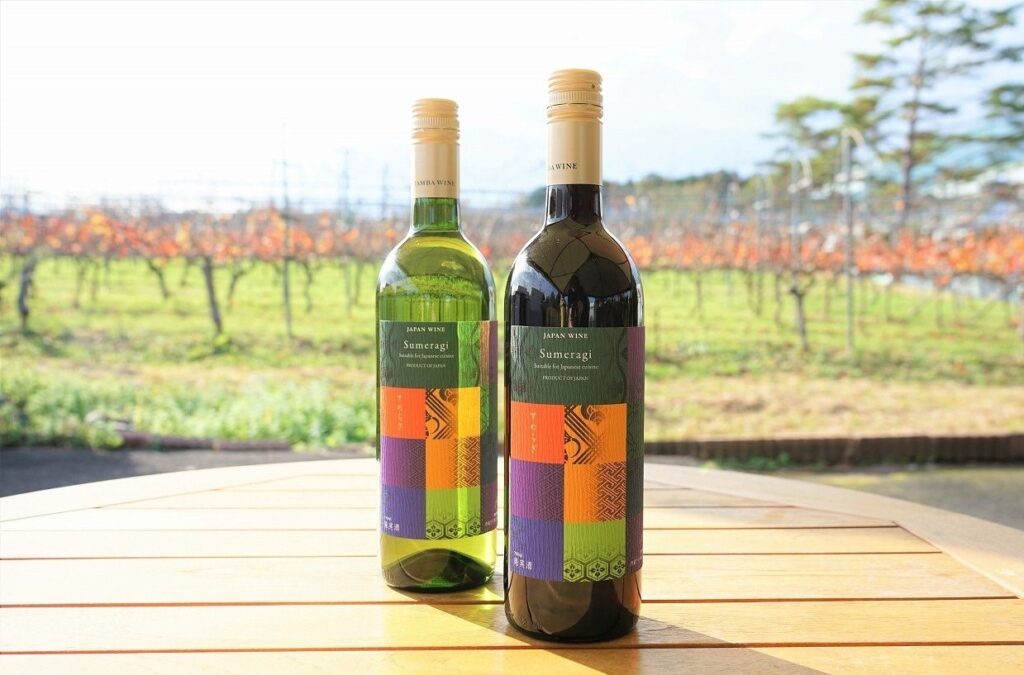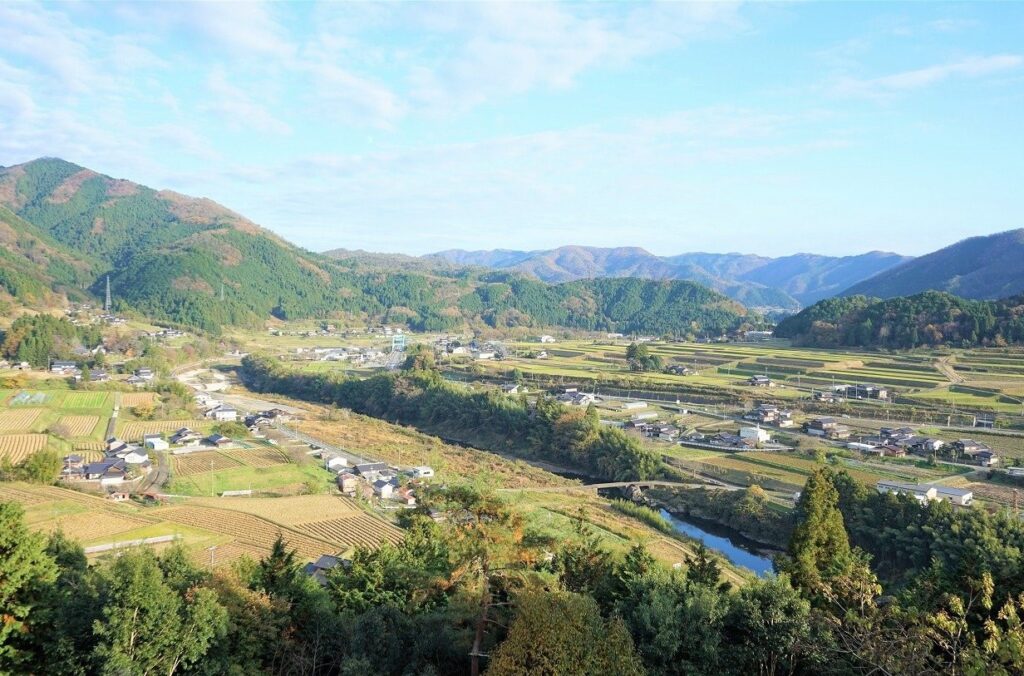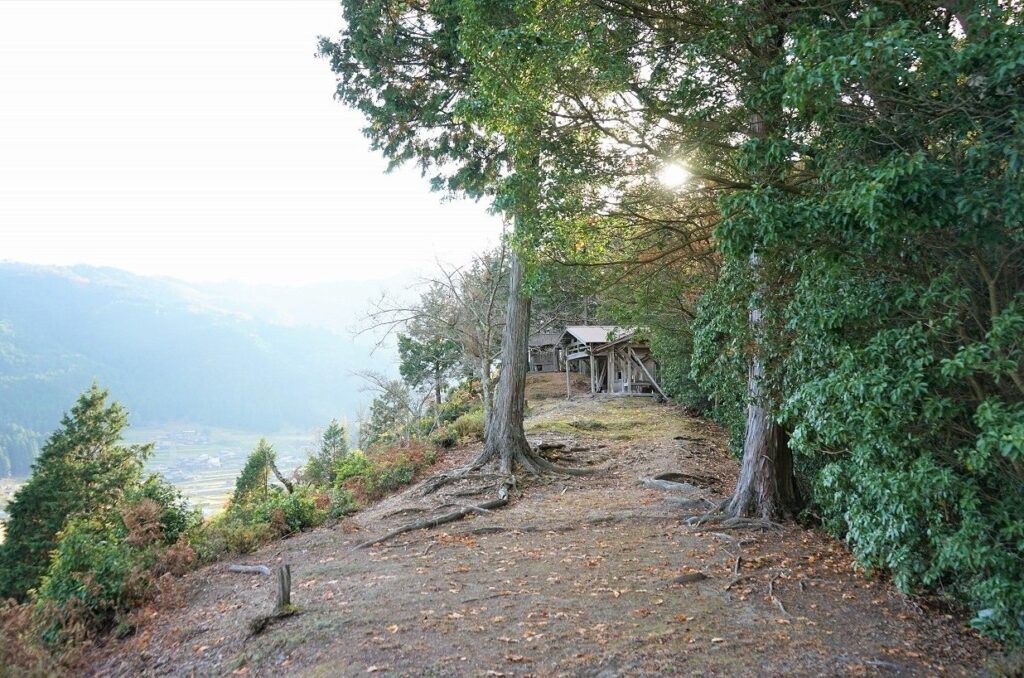Roadside Station Nagomi, or Michi no Eki Nagomi, is a center that handles local products and hosts community events. Visit the shop to find food products and handicrafts from Kyotamba.
The Hall for Traditional Performing Arts located within the adjacent building hosts regular performances of local arts on the fourth Saturday of each month.
If you have the chance, come watch a performance of Wachi puppet theater, also known as Wachi ningyo joruri. The roots of this folk art can be traced back around 200 years, when a professional puppet theater group settled down in this area. The puppet theater stole the hearts of the locals, who continued performing it with love and dedication to this day.
The repertoire and the puppets used are the same as in regular Japanese puppet theater. However, in Kyotamba, the puppets that are usually maneuvered by three puppeteers are handled by a single person! This distinctive feature requires great skill and led to Wachi puppet theater being designated an intangible cultural asset of Japan.
Watching the beautiful puppets come to life in the hands of the skilled puppeteers is an amazing experience, so be sure to visit Nagomi on a day when they hold a performance!
